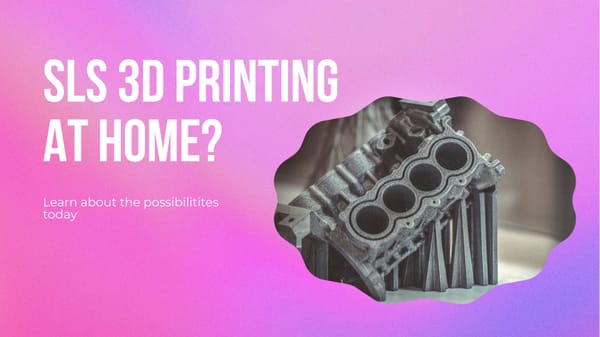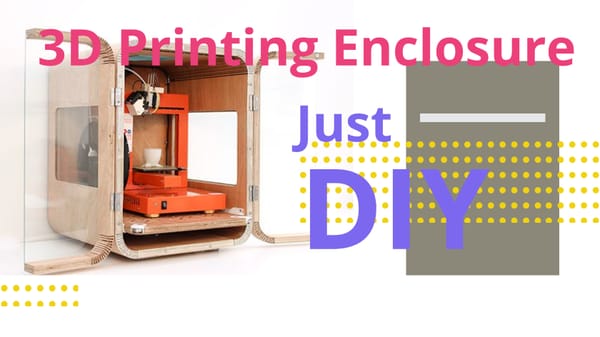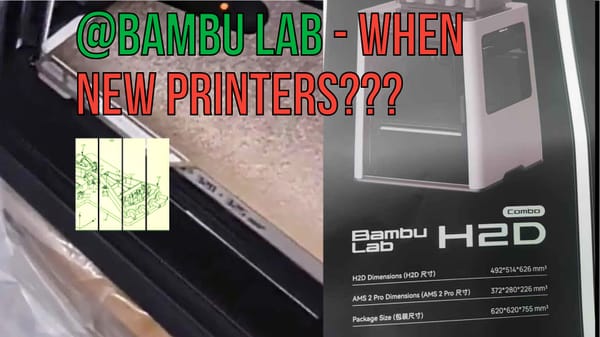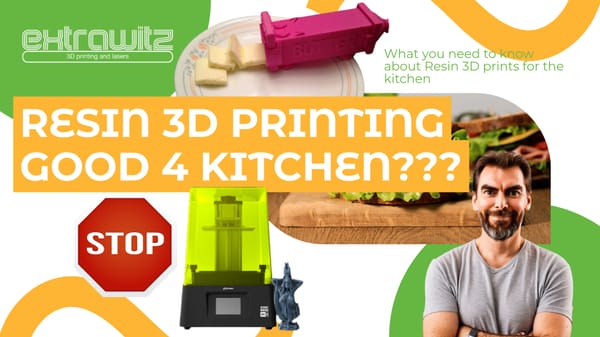Exploring the Rise of 3D Printing: From Reprap to Today's Open-Source Revolution

The advent of 3D printing has revolutionized the way we create and conceive the very notion of manufacturing. Coined through decades of innovation, the history of 3D printing is a fascinating journey from obscurity to the mainstream. Beginning with the earliest experiments in rapid prototyping, this technology has now permeated various sectors, demonstrating its versatility and adaptability. The RepRap project particularly underscores the open-source movement's influence on 3D printing's proliferation, democratizing the ability to print
The Genesis of 3D Printing: Tracing Its Historical Roots
The Birth of a Revolutionary Technology
The history of 3D printing is a fascinating journey that reveals how a revolutionary idea became a reality. It began in the 1980s, when the seeds of 3D printing were planted by Charles Hull, who invented stereo lithography. This technique allowed for objects to be created layer by layer using a light-curable resin. The concept of additive manufacturing, or building items by adding material incrementally, was radically different from the traditional subtractive methods like machining, where material is removed. Hull's vision laid the groundwork for what would become an industry that revolutionized design, prototyping, and manufacturing processes.
The Reprap Project: Open-Source Innovation
In stark contrast to Hull's proprietary beginnings, the RepRap project infused the world of 3D printing with a fresh, collaborative spirit. Launched by Dr. Adrian Bowyer in 2005, RepRap stands for "Replicating Rapid-prototype," and the project's aim was to develop a 3D printer that could print most of its own components. The project embodied the ethos of the open-source movement, with an emphasis on sharing designs and knowledge freely across the globe. This initiative enabled hobbyists, engineers, and researchers to print their own printer parts, fostering a boom in innovation and accessibility of 3D printing technology. Not only did this empower individuals to create a complete printer affordably, but it also accelerated the rise of 3D printers in various industries.
The Evolution of 3D Printers
- The technology of 3D printing has seen exponential growth. From the large, expensive machines of the past, it has become more compact and affordable.
- The range of materials available for 3D printing has also expanded, allowing for more diverse and functional products.
- Industries from healthcare to aerospace now leverage 3D printing for creating complex parts and prototypes, often reducing costs and lead times.
As we look back on the 3D printing history, it's clear that the
Reprap Project: Igniting the Open-Source 3D Printing Movement
The Reprap Project stands as a pioneering force in the world of 3D printing. It all began with the idea that a printer could essentially 'self-replicate' by printing its own parts. This concept was revolutionary, offering a bold new direction for technology and the way we create physical objects. The principles of open-source were beautifully married to this new printing technology, catalyzing a movement that would fundamentally change the game forever. The rise of RepRap heralded a new era for inventors, hobbyists, and later, industries across the globe.
Key Milestones in The Reprap Legacy
- The birth of the first RepRap printer, capable of printing many of its own components.
- Initial steps toward creating an open community around 3D printer technology.
- Establishing a foundation for other open-source printers to build upon.
The heart of the Reprap project wasn't just about creating another 3D printer; it was about instilling the idea that open-source technology could lead to widespread innovation. In a realm where proprietary systems once ruled, the open-source ethos of RepRap allowed individuals to collaborate, refine, and share not just the printers themselves but the very idea of what 3D printing could become. The history of this movement is dotted with stories of people building complete printers in their garages, tinkering with designs, and gradually improving the technology for all.
Open Source and the Evolution of 3D Printing
The fusion of open-source and 3D printing technology created a rich tapestry of growth and evolution. The RepRap project not only made the blueprints for 3D printers available to everyone, but also encouraged improvements and the sharing of knowledge. It was no longer just a printing tool; it was a community tool. This community-driven approach led to faster innovation and helped lower the barrier to entry, making 3D printers more accessible to anyone interested in the technology. Today, 3D printing is not just about plastic parts; it encompasses a wide range of materials and is used in countless industries, changing the way we think about manufacturing, design, and engineering.
Evolving Technologies and Materials in 3D Printers
A Journey Through 3D Printing History
3D printing, a term synonymous with additive manufacturing, has come a long way since its inception. The history of 3D printing is marked by remarkable innovations and the relentless pursuit of making this technology more accessible. The story began in the 1980s, with the invention of the first printing processes that laid the foundation for what we now know as 3D printers. Innovators focused on building printers that could create parts layer by layer, fundamentally changing how we produce complex objects. Over the years, this technology has not just soared but has also witnessed a significant shift towards open-source projects like the RepRap (Replicating Rapid Prototyper) project, which aimed to build a printer that could print most of its own parts and thereby enable widespread access to this transformative technology.
The Rise of Open-Source 3D Printing
The notion of open-source technology played a vital role in the rise of 3D printers. The RepRap project, initiated in the early 2000s, sparked a revolution that democratized 3D printing. By making the designs and information available to the public, anyone with an interest could partake in the evolution of 3D printing. This gesture effectively set in motion an era where enthusiasts around the world could build their own complete 3D printers from parts they either printed themselves or sourced locally. The impact of this project on the 3D printing community was profound, ushering in a new level of collaboration and innovation.
Innovations in Printing Materials and Technology
- The range of materials used in 3D printing has exploded, going far beyond the basic plastics and resins of the past.
- Recent developments have seen printers handling everything from metal to living tissue, broadening the applications of this technology.
- In the technology sphere, the printers themselves have become more sophisticated, faster, and capable of incredible accuracy and detail.
As an ever-evolving field, the latest advancements in 3D printer technology and materials are setting the stage
Open-Source Influence: Changing the Landscape of 3D Printing
The world of 3D printing has undergone a transformation, largely due to the influence of open-source projects. At the forefront of this movement has been the RepRap project, which stands for "replicating rapid prototype." This initiative, which began in the early 2000s, set out to create a 3D printer that could print most of its own parts. The goal was to democratize the technology, making it accessible and affordable for the public. The rise of the RepRap community has fueled a wave of innovation, propelling the technology into the spotlight and laying a foundation for the complete 3D printing systems we see today.
A Brief History of 3D Printing
The history of 3D printing is a chronicle of innovation and community effort. The technology, which was once seen as a tool exclusively for industrial prototyping, has spread into homes and small businesses thanks to open-source contributions. Initiatives like RepRap have made it possible for enthusiasts and professionals alike to build or modify their own printers, leading to a diverse ecosystem of machines capable of creating an array of objects – from simple toys to complex, functional parts.
The Rise of Open Source in 3D Printing
- The RepRap project ignited interest in 3D printers as both a hobby and a practical technology.
- Access to the complete blueprints of a 3D printer encouraged a do-it-yourself culture, lowering the barrier to entry for personal use.
- Open-source software and hardware designs fostered a sense of community and collaboration, further accelerating technological advances and usability.
- Growth in the availability of printer parts has made it simpler and more cost-effective to build or repair a printer, ensuring the sustainability of the technology.
Today, the open-source ethos continues to shape the future of 3D printing. More people can join in, learn, innovate, and contribute, ensuring that the technology remains vibrant and continually evolving. As we look back at the history of 3D printers, it's clear that the open-source movement didn't just change the way we think about printing; it revolutionized the entire landscape of manufacturing




